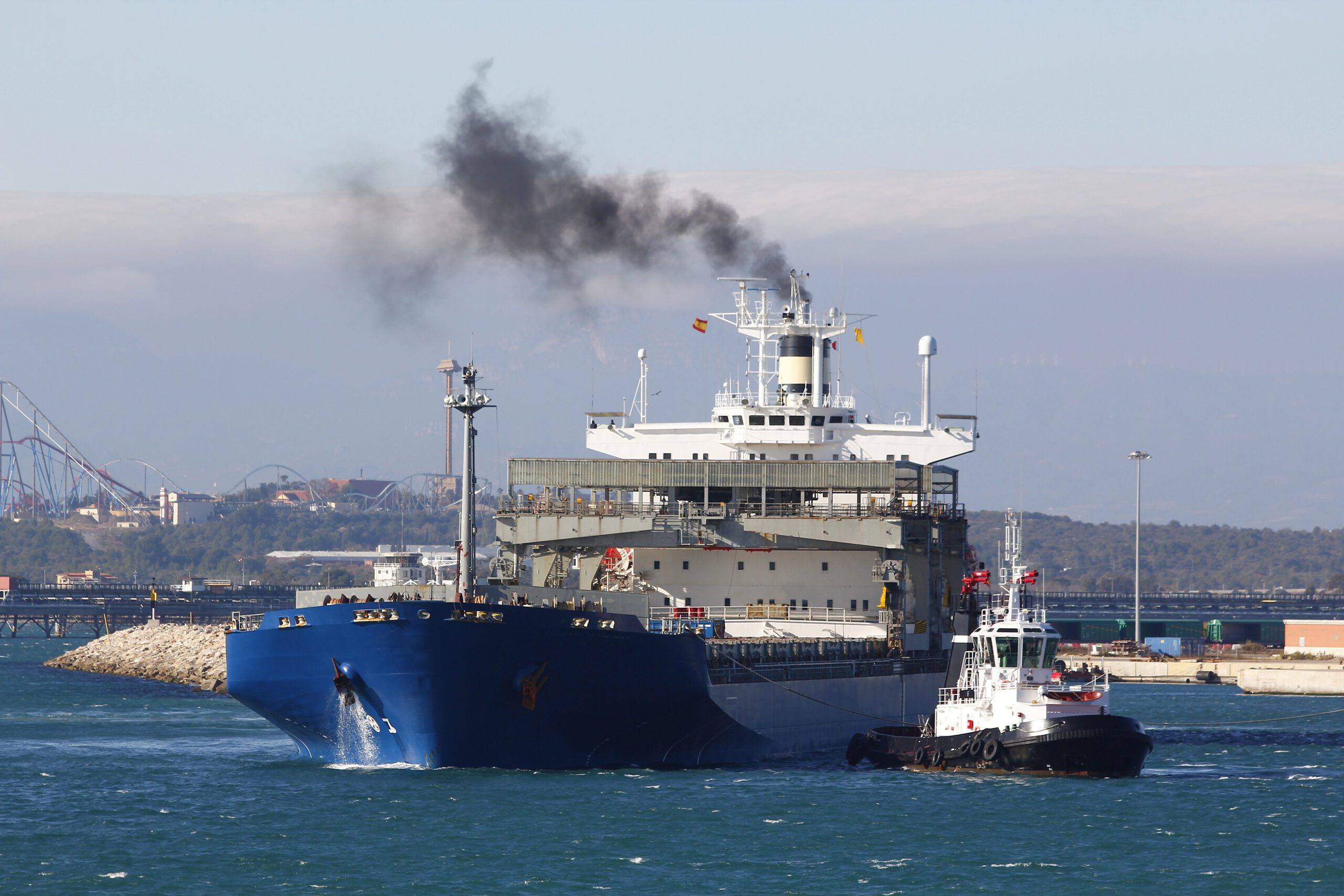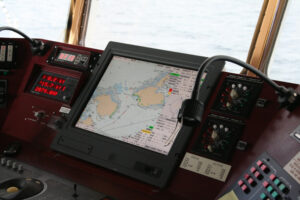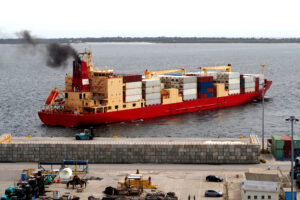The International Council on Clean Transportation (ICCT) released a new working paper that analysed 615 samples of real-world NOx emissions from 545 ships operating in Danish waters between the North Sea and the Baltic Sea in 2019.
The results were eye-opening: the new study has found newer Tier II engines have significantly higher nitrogen oxide (NOx) emission rates than older Tier I engines.
Moreover, the study found there was no statistical difference in NOx emission rates between unregulated Tier 0 engines and Tier II engines.
Measurements were obtained using sniffers attached to helicopters flown into exhaust plumes. The data includes measurements from ships covering all engine age categories (tiers).
In accordance with the working paper, the greatest mean NOx emission rates were found at main engine loads below 25%, with emissions averaging 12 g/kWh across all vessel types and engine tiers.
“Emission rates decrease as main engine loads increase, with mean emission rates of 8.1 g/kWh at loads greater than 75%,” as ICCT says. Existing NOx test cycles assume that marine engines most often operate at higher engine loads; however, this study finds that engines typically operate at lower engine loads.
Furthermore, Tier III NOX control technologies, such as Selective Catalytic Reduction (SCR), cannot effectively operate at low loads due to low engine temperatures.
As the study explains, “For vessels operating near shores, where lower speeds and engine loads are prevalent, the potential for higher NOX emission rates amplifies the impact on air quality for communities near shorelines and ports.”
The results of the study suggest the need to address and control NOX emission rates at low load operation (<25%).
“Rather than relying solely on weighted emission limits, the IMO could consider implementing NTE standards for new and existing ships, particularly focusing on operations at low loads, and including a test point below a 25% load (e.g., 10%),” the report notes.
It was also stated that “this would result in more complete emissions profiles for ships, especially during low load operations where we observed emission rates higher than would be expected by the regulations.”



